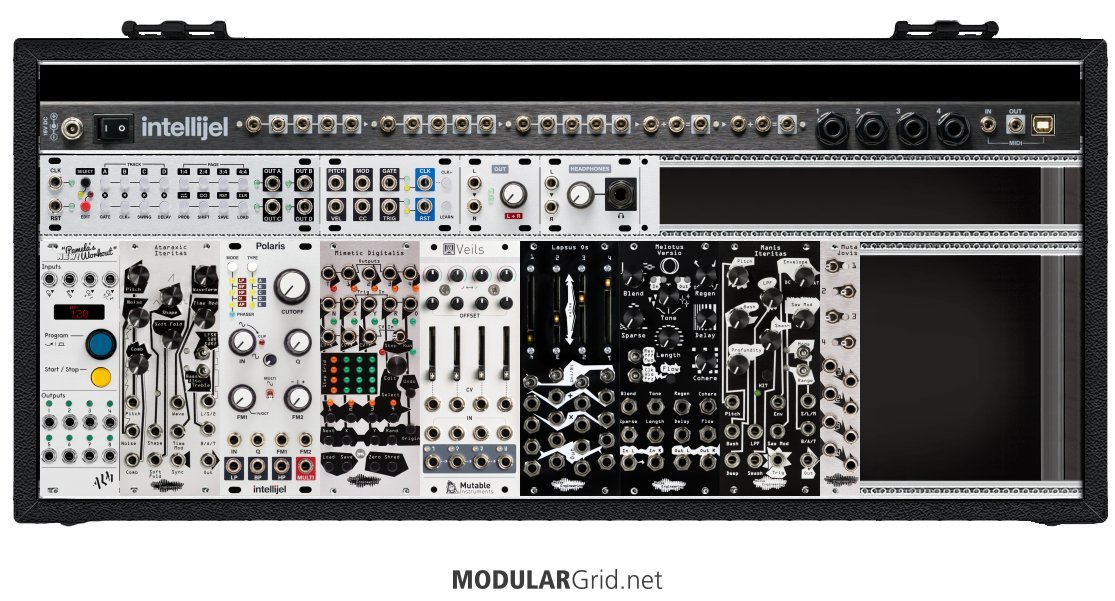Thanks again for your responses! I thought about the db-01 and put more thought into the direction I want to go. I think I was a bit misguided that I want/need to have a similar sound in my rack. I don't. I want something more experimental with a clear focus on harder beats/synth. This is why I want to go with the Noise Engineering BIA (Although I am not totally clear this is the NE voice I wanna go with, maybe I will end up with the Cursus Iteritas Percido or even add the Erica Synth Bassline Module). I also choose a bigger case and I am not totally fixed on this design yet, but this also comes down to the cost of such a case.
I added the Pamela New Workout as I like the module after researching it. It seems quite deep so that I will have to learn a lot while using it (Goes basically for every module here). Also, I added a Quad VCA, here the MI Veils. Moreover, I still keep the Desmodus Versio as I like the fact that you can change firmware and transform it into a different module. This seems quite usable!
I added the MUM M8 Filter but would like your thoughts about this. I also had my eyes on MI Ripples and others.
Finally, I like what Mimetic Digitalis can do so I kept it in this setup. Since I have the Pamelas New Workout in there as well I wanted to ask if you think it can replace the Intellijel Steppy? I like the straightforward way to control a sequence with steppy and based on the intellijel case you can easily multiply its clock to trigger for example Mimetic Digitalis.
I hope that I can evolve this setup into something I can use in a live setting to play harder beats (not necessary fast) with some drone atmosphere (need to maybe add a second NE voice or MI Elements). On the other hand, I want to be able to play on my guitar some hard fuzz riffs while having a nice hard beat sequence running on this beauty. Would be also cool within my band as additional instrument. If you think there is something missing to achieve this goal further suggestions are very much welcome.




